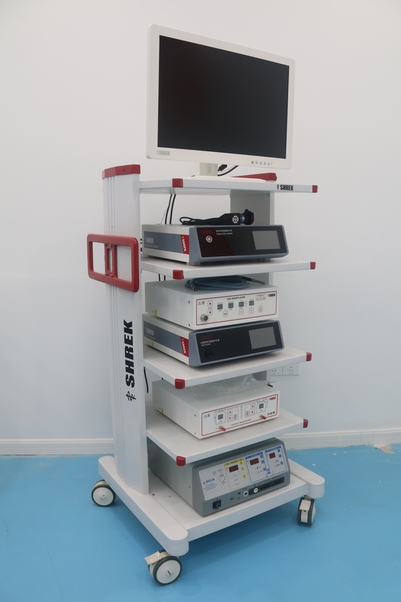Medical Endoscopy Image System: Enhancing Visualization for Accurate Diagnosis and Treatment
Medical endoscopy image systems are powerful tools used in modern medicine to visualize and diagnose various medical conditions. They provide high-quality images of the internal organs and tissues of the body, which enable medical professionals to make accurate diagnoses and prescribe effective treatments. These systems are widely used in many medical specialties, including gastroenterology, pulmonology, gynecology, and urology, among others.

One of the primary benefits of medical endoscopy image systems is their ability to provide real-time visualization of internal organs and tissues. This feature is crucial in identifying and diagnosing various medical conditions accurately. For instance, gastroenterologists use endoscopy image systems to diagnose and treat digestive system disorders such as ulcers, inflammation, and cancer. Pulmonologists use these systems to diagnose and treat lung disorders such as asthma, bronchitis, and lung cancer.
Another benefit of medical endoscopy image systems is their versatility. They come in different sizes and shapes, making them suitable for use in various medical specialties. For example, smaller endoscopy image systems are used in pediatric procedures, while larger ones are used in adult procedures. Additionally, these systems offer different types of endoscopes with various features such as magnification, illumination, and maneuverability.
Medical endoscopy image systems also play a crucial role in minimally invasive surgeries. These surgeries involve using small incisions, reducing the risk of complications and minimizing recovery time. The real-time visualization offered by these systems makes it possible to perform precise surgeries while minimizing the risk of damaging healthy tissues.
Despite their advantages, medical endoscopy image systems have some limitations. One limitation is that they require specialized training and expertise to use effectively. Medical professionals must have an in-depth understanding of the anatomy and physiology of the specific body part they are examining. Furthermore, endoscopy image systems require regular maintenance and calibration to ensure they are functioning correctly.
In conclusion, medical endoscopy image systems are critical tools in modern medicine that enhance visualization for accurate diagnosis and treatment of various medical conditions. They offer several benefits, including real-time visualization, versatility, and suitability for minimally invasive surgeries. Despite their limitations, their effectiveness depends heavily on the skill and expertise of the medical professional using them. With advancements in technology and training, medical endoscopy image systems will continue to play a critical role in modern medicine.



Leave a message